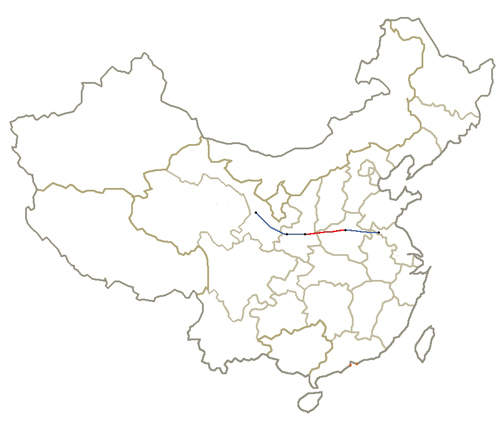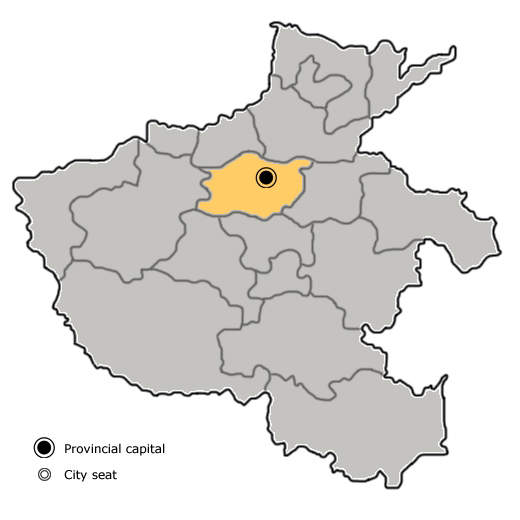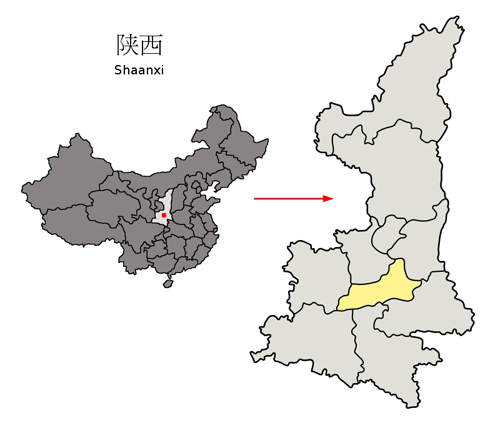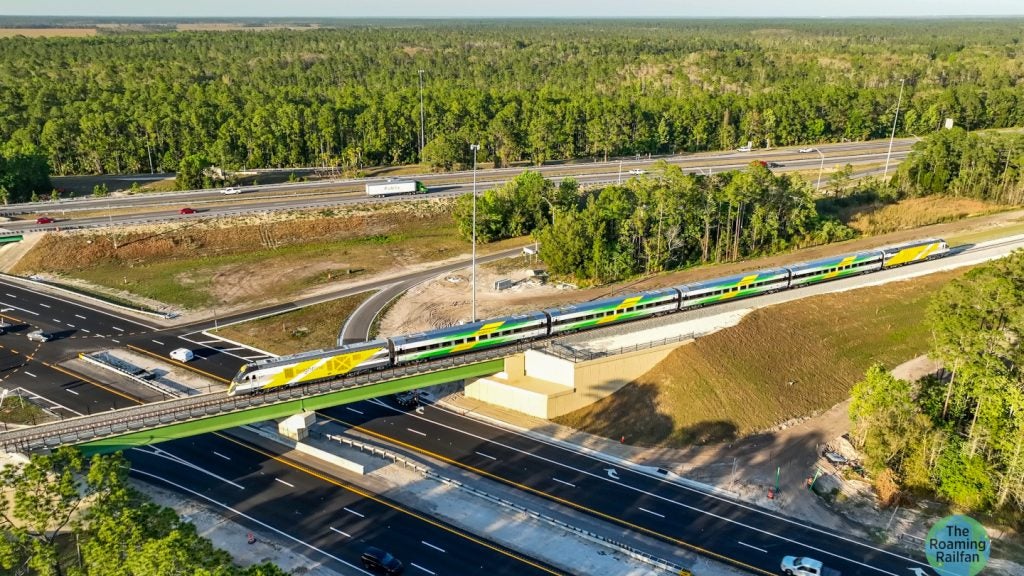In February 2010, China’s first high-speed railway completed its test run. Built at a total cost of approximately $5bn, the new 505km dedicated railway line will connect Zhengzhou and Xian in China’s central and western region respectively. Zhengzhou is the capital of the Henan province with a population of over seven million and Xian, the capital of the Shaanxi province, is populated by over eight million.
When the new railway becomes fully operational, travel time between the two cities will be reduced from six hours to less than two hours. It will meet the increasing demand for passenger and cargo transportation in the region, and will also boost the local economic development. The new railway line will provide a convenient and cost-effective option for the annual Spring Festival passengers who earlier preferred to travel by air.
China’s tourism industry is expected to receive a boost from the new railway line as the Henan province is already a major attraction, containing a number of historical locations. It will also increase employment opportunities for people in the region.
After a successful trial operation on 10 February 2010, adverse weather conditions led to the cancellation of three trains on the second day of the new railway line’s operations. The weather caused to technical problems and equipment malfunctions due to which services had to be cancelled.
Zhengzhou-Xian high-speed railway project
Construction of the new railway network started in September 2005 and involved building 61km of tunnels and around 161km of bridges. On the Loess plateau in northwest China, the loose soil had to be reinforced to lay the tracks for the trains. A key part of the railway network was the 79.7km Wei River bridge in Huayin County, Xi’an.
Mott MacDonald provided site supervision for the first section of the railway line. The 170km-long section included 20km of tunnels and 85km of viaducts.
The Asian Development Bank provided a loan of around $500,000 for constructing the new railway. The Chinese Government established a separate company, Zhengzhou-Xi’an Railway Passenger Dedicated Line Co., to operate and manage the railway network.
The new railway network is the first of eight dedicated passenger networks being built by the Chinese government to improve the country’s railway network. The government has set a target of achieving a rail coverage of 110,000km by 2012 and 120,000km by 2020 in various parts of China. A stimulus package of $585.6bn has provided a boost to these plans.
Zhengzhou-Xian railway line routes
The new railway line passes through ten railway stations, which include New Yingyang, New Gongyi, Luoyang South, New Mianchi, Sanmenxia South, New Lingbao, New Huashan, New Weinan, New Lintong and Xi’an North.
Rolling stock
A total of 14 trains numbered G2001 to G2014 serve the new railway system. The trains or electric multiple unit (EMUs) were supplied by China South Locomotive & Rolling Stock Corporation (CSR). They can operate at a speed of 350km/h and feature a spacious, bright and transparent design. The EMUs feature advanced sound insulation and vibration absorption technology, which provide comfortable ambience to passengers by reducing noise and vibration.
The EMUs are environmentally friendly and employ a low-resistance, lightweight and high-performance AC drive. Regenerative braking and a new variety of LED light source have also been used in the EMUs.
High-speed railway signalling and communications
In July 2008, Hollysys Automation Technologies and Ansaldo STS were given a $97m contract to design and install signalling equipment for the high-speed railway.
Hollysys installed ground-based train control centers (TCC) along all the railway lines. The company also installed train-based automatic train protections (ATP) on either side of the passenger trains. Hollysys signalling equipment will help to increase the operating safety of the high-speed railway.
The new railway features GIS switchgears supplied by ABB. The 27.5kV switchgears are designed for the traction systems installed on the high-speed railway.
The switchgears provide improved safety due to their sealed design, which protects them from the external environment. They also save about 70% of space and have a longer lifespan. This results in lower costs as the maintenance required is reduced.










